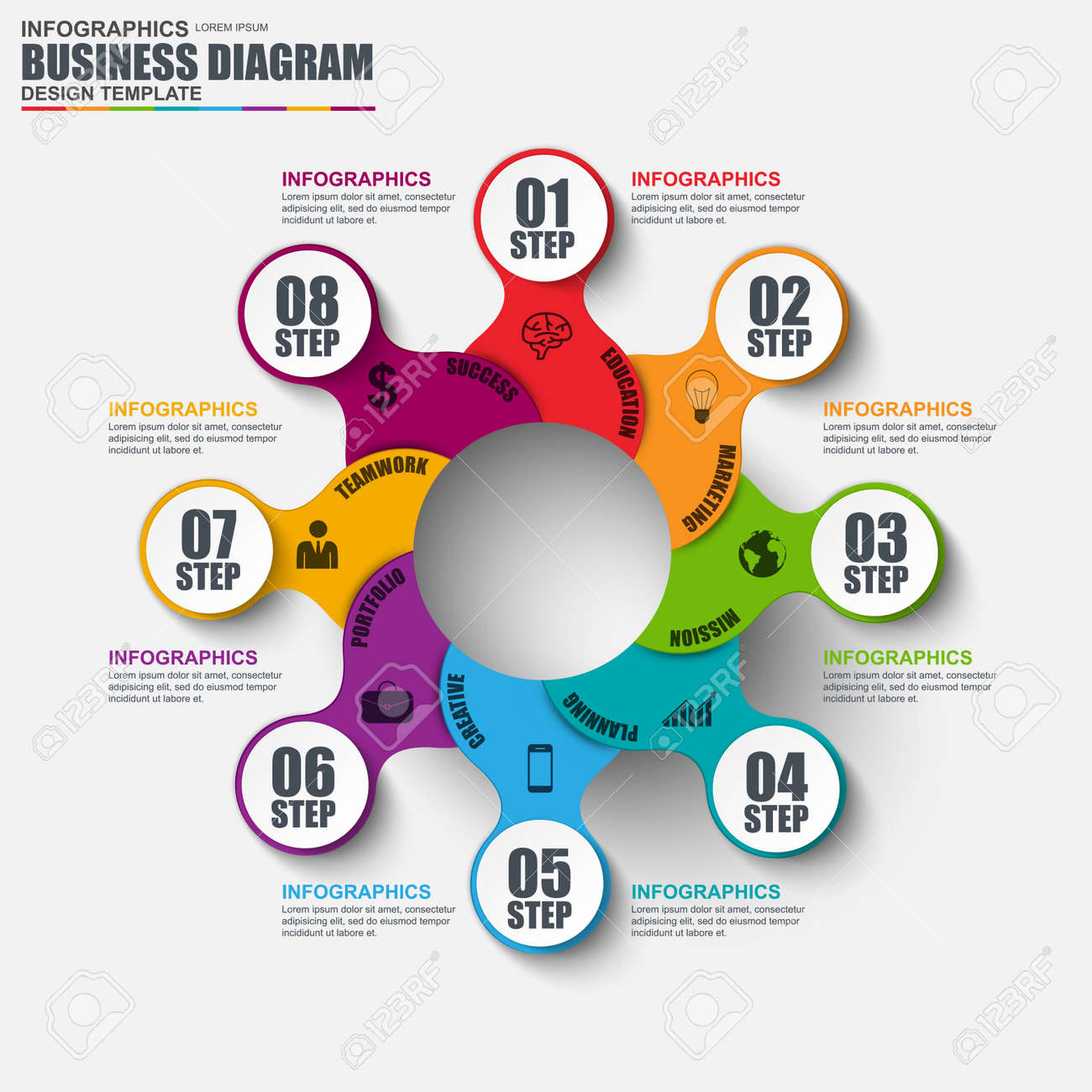Crucial Internet Site Style Tips: How To Create A Website That Focuses On Customer Experience
Crucial Internet Site Style Tips: How To Create A Website That Focuses On Customer Experience
Blog Article
Write-Up Produced By-Abildtrup Skinner
When it concerns web site layout, ensuring user-friendliness is key. From receptive layout to streamlined navigation, every aspect plays a critical function in creating a website that satisfies your target market's demands. But what concerning the finer information that can make or break a user's browsing experience? Remain tuned as we discover some often-overlooked tips that can elevate your site's usability to the next level, making it truly stick out in the digital landscape.
Importance of Responsive Style
Receptive design is a critical facet of modern-day site growth. Ensuring your website is responsive methods that it can adjust to different screen dimensions and gadgets, giving a seamless experience for users.
With the enhancing use smartphones and tablets to access the web, having a responsive style is necessary for getting to a broader target market. It helps in boosting user experience by making your site very easy to navigate and read on any kind of device.
In Read the Full Posting , receptive style can favorably impact your online search engine rankings, as search engines like Google prioritize mobile-friendly websites. By having a receptive style, you're likewise future-proofing your website, as new devices with varying display sizes continue to emerge.
Simplify Navigating Structure
To boost user experience and assist in easy accessibility to details on your web site, improving the navigation structure is extremely important. When designing your website, concentrate on creating a clear and intuitive navigating menu that helps site visitors discover what they're trying to find rapidly.
Limitation the number of menu items to the essentials, organizing associated web pages together to prevent overwhelming individuals. Usage detailed tags that plainly indicate the web content of each web page, making it simpler for users to understand where each link will certainly take them.
Take into consideration executing dropdown menus for subcategories to stop littering the major navigating bar. Furthermore, include a search bar plainly on the page for individuals who like searching for specific info.
Focus on mobile responsiveness in your navigation design to guarantee easy accessibility on all gadgets.
Maximize Page Lots Rate
Improving web page load rate is essential for retaining visitors on your web site. Slow-loading pages frustrate customers and can lead to high bounce prices. To enhance page lots rate, beginning by maximizing photos. Compress images without jeopardizing quality to decrease their data sizes.
Additionally, make it possible for browser caching to save frequently accessed sources locally, accelerating load times for returning site visitors. Minify CSS, JavaScript, and HTML data by eliminating unneeded personalities, remarks, and format, boosting lots speed.
Think about making use of a content delivery network (CDN) to disperse your web site's content across multiple web servers worldwide, decreasing latency for customers accessing your website from various locations. Lastly, limit making use of third-party manuscripts and plugins, as they can dramatically affect tons times.
Verdict
Finally, by including receptive layout, streamlining navigating, and maximizing web page tons speed, you can produce an user-friendly internet site that interest a wider target market and boosts individual experience. These essential elements make certain that site visitors can quickly accessibility and navigate your site across different tools, bring about raised engagement and complete satisfaction. By concentrating on navigate to this web-site , you can construct a successful internet site that keeps customers returning for even more.
